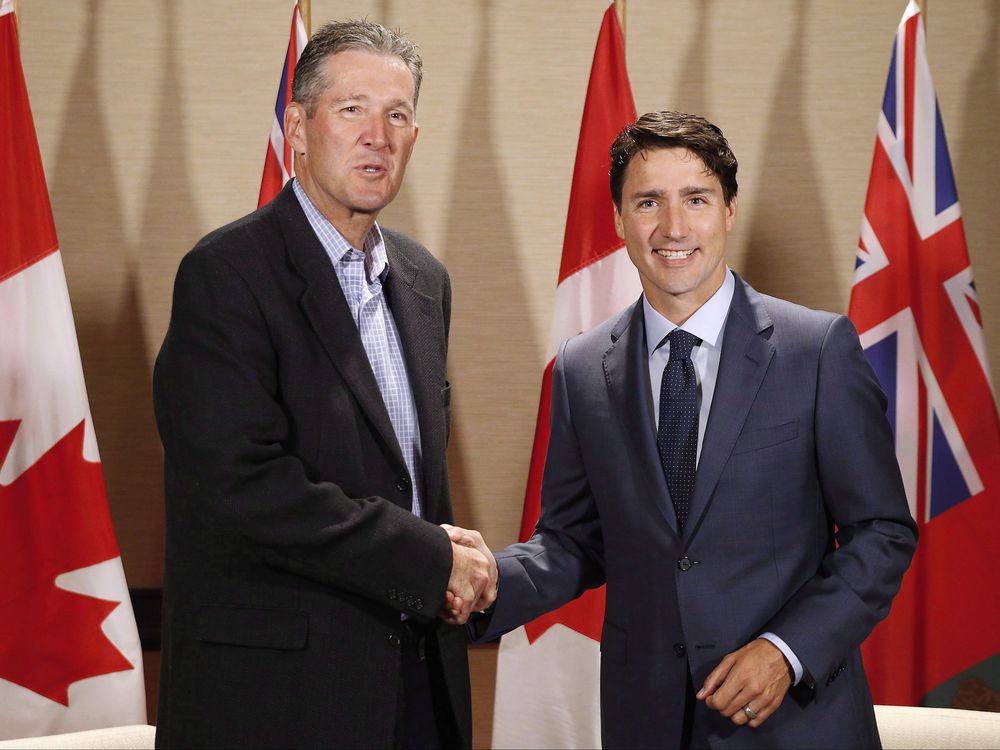Canada is slowly but surely headed down the rabbit-hole to become the first G7 nation with legal adult-use cannabis.
Thus far, Canadians have been asked to share their ideas on a broad scale as to how this landmark event should unfold. Most of the heavy lifting on legislation, however, has been accomplished by the feds.
Now that Bill C-45 has been through the first and second readings in Parliament, it’s time for the individual provinces to create the framework for how marijuana will be handled in each region. Provinces will be largely responsible for determining their mix of retail access points, local age limits, and a deluge of other necessary bureaucracy.
For this important step in the journey, provinces are turning to citizens for advice on the way locals should be permitted to get their legal weed.
For example, Alberta recently sent out a public consultation survey to get views on age limits, the use of cannabis in public, and impaired driving laws. Residents of Alberta, citizens of other Canadian provinces, local governments, and even U.S. stakeholders have been invited to participate in the process.
In the East, the Government of Newfoundland and Labrador sent out a short questionnaire which is due tomorrow, while Quebec announced it will be holding public consultations this summer.
New Brunswick established a governmental working group, seeking input from stakeholders and the public. As well, Ontario, British Columbia, Saskatchewan, Manitoba, and Nova Scotia have established governmental working groups of their own. They are all, at the moment, reviewing federal legislation.
But what do the licensed producers (LPs) want? They have, arguably, more skin in the game than the average citizens on the matter.
“I don’t think that we know exactly what the best possible model will be,” said Jordan Sinclair, Director of Communications for Canopy Growth. “For us, we’ll work with any model that comes out. The one thing that [Canopy] has been clear about, is that we think there should be a continuation of the mail-order system and e-commerce system as it exists today.”
Sinclair went on to add that the mail system, currently the only way Canadians can get medical marijuana, is necessary because some provinces may not be ready to sell regulated cannabis come legalization day.
Considering Canada is, geographically, an enormous country, access to legal marijuana may be difficult for the millions of Canadians who live in remote areas.
“It makes sense for people that live in more rural communities. I don’t think there will be much of a debate over people who live in Downtown Montreal or Downtown Toronto having access barriers once legalization exists. [The] exact same can’t be said for, say, Truro, Nova Scotia or Churchill, Manitoba.”
Max Zavet is the Co-Founder and President of Emblem Cannabis, an Ontario-based licensed producer. “In a perfect world, we would like to see a model where cannabis is legal in all its forms and where responsible access is facilitated through retail storefronts and online sales,” Zavet said in an interview with Marijuana.com.
“We would like to see all cannabis products produced and sold in a regulated way so that cannabis consumers can always have access to safe, consistent and high-quality products. At the same time, we’d like to see balance where regulation is concerned so that, as an industry, we facilitate access to a variety of products, as well as, entry into the industry for those wanting to get involved.”
On the subject of age limits, Zavet said that he thinks it should be in line with the legal drinking age of each province.
As Canada delves into the nitty-gritty of legalization, each province is expected to legislate in their own way. Whether you’re a consumer, an LP, or just a fascinated onlooker, the result of all this back-and-forth will make modern history.
credit:marijuana.com











